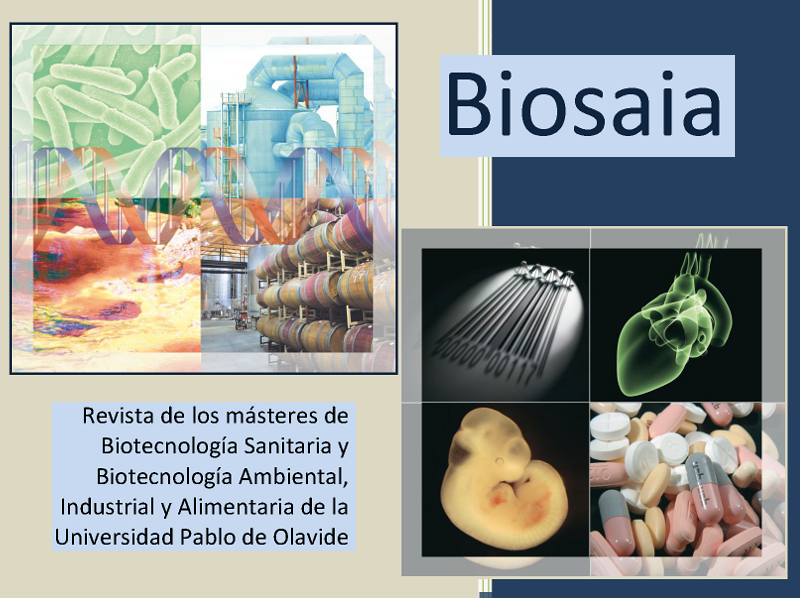Electrochemically-assisted growth of purple phototrophic bacteria for PHB production
Palabras clave:
Purple Phototrophic bacteria; Polyhydroxybutyrate; Electrochemically-assisted growth; Bioelectrosynthesis.Resumen
Motivation:
Purple Phototrophic Bacteria (PPB) are considered one of the most versatile microorganisms ever found. They have autotrophic, heterotrophic and photoheterotrophic metabolism in order to adapt the diferent conditions in the environment. This characteristics altogether with the capacity of produce and accumulate bioplastics such as polyhydroxybutyrate (PHB) make PPB an interesting choice for biotechnological proccesses (Monroy & Buitrón, 2020).
The microbial electrochemical technologies (METs) have been succesfully used in the last few years as an alternative to conventional wastewater treatment. With the development of this technologies a wide range of applications have been discovered. For example, in Microbial Electrochemical Synthesis (MES), we can modulate the metabolism of the microorganisms attached to the electrode with the application of an electric current and, in consequence, altering the redox power inside the cell (Guzman et al., 2019).
The main purpose of this work consists in combining the qualities of the PPB together with METs to study the influence of the latter in bacterial metabolism and PHB biosynthesis. Furthermore, the production and quantification of the biopolymer will be optimized to increase the PHB yield.
Methods:
The enrichment of PPB culture was carried out from brewery wastewater. Near infrarred light was used to activate PPB growth. Four different reactors were built, one half was polarized, the other ona was kept in open circuit. Microorganisms were cultured with acetate as carbon source, and ammonium chloride as nitrogen source under various [Acetate]:[ammonia] ratios to test efficiency in PHB synthesis. To induce PHB production the "feast and famine" technique was conducted, in which, the nitrogen source is retired so that the microrganisms get stressed (Padovani, Emiliani, Giovanelli, Traversi, & Carlozzi, 2018).
Growth was measured by spectrophotometry, acetate consumption was analysed by chemical oxygen demand, the ammonia assimilation was quantified by ionic chromatograph and the PHB production was studied with the indirect measurement of crotonic acid in the High Performance Liquid Chromatograhy (HPLC).
The reactors were poised using a potentiostat, the electrodes used in this work were graphite for the working electrode; platinized titanium for the counter electrode and a reference electrode.Electric current was measured every second and cyclic voltammetries were performed to prove electroactivity.
Descargas
Citas
Guzman, M. S., Rengasamy, K., Binkley, M. M., Jones, C., Ranaivoarisoa, T. O., Singh, R., … Bose, A. (2019). Phototrophic extracellular electron uptake is linked to carbon dioxide fixation in the bacterium Rhodopseudomonas palustris. Nature Communications, 10(1), 1355. https://doi.org/10.1038/s41467-019-09377-6
Monroy, I., & Buitrón, G. (2020, June 20). Production of polyhydroxybutyrate by pure and mixed cultures of purple non-sulfur bacteria: A review. Journal of Biotechnology, Vol. 317, pp. 39–47. https://doi.org/10.1016/j.jbiotec.2020.04.012
Padovani, G., Emiliani, G., Giovanelli, A., Traversi, M. L., & Carlozzi, P. (2018). Assessment of glycerol usage by five different purple non-sulfur bacterial strains for bioplastic production. Journal of Environmental Chemical Engineering, 6(1), 616–622. https://doi.org/10.1016/j.jece.2017.12.050
Descargas
Publicado
Cómo citar
Número
Sección
Licencia
Derechos de autor 2021 Biosaia: Revista de los másteres de Biotecnología Sanitaria y Biotecnología Ambiental, Industrial y Alimentaria

Esta obra está bajo una licencia internacional Creative Commons Atribución-NoComercial-CompartirIgual 4.0.





